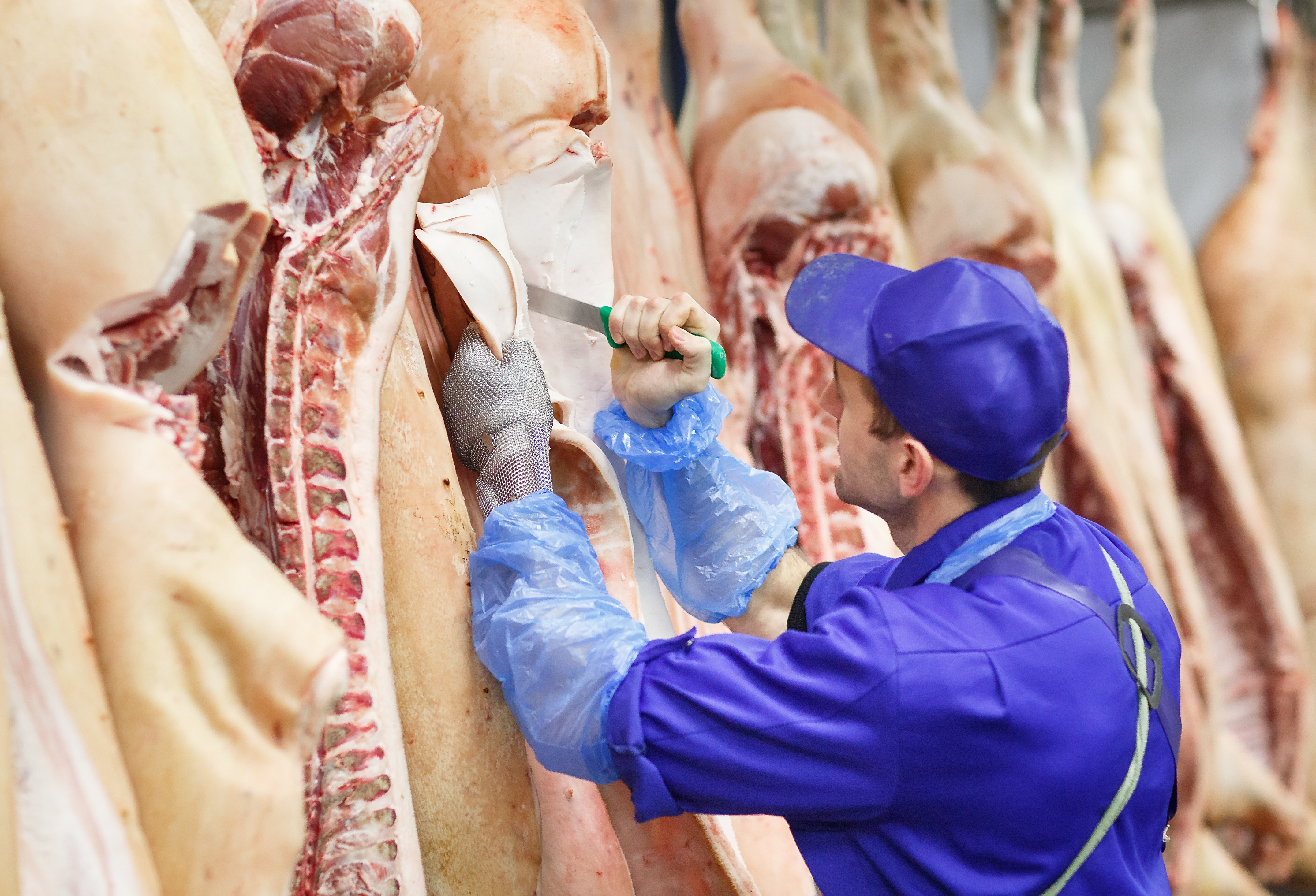



What can carcass-based assessments tell us about the lifetime welfare status of pigs?
Research study indicates that carcass assessments, including monitoring of carcass lesions and weight, provide useful lifetime welfare informationHighlights
- The use of carcass measures to understand lifetime pig welfare status was explored.
- Tail and skin lesions acquired in early life remain visible on the carcass.
- These lesions were not necessarily visible on the live animal in later life.
- Carcass weight was negatively associated with persistent tail injuries.
- Therefore carcass lesions and weight provide useful lifetime welfare information.

The study
There is increasing interest in developing abattoir-based measures of farm animal welfare. It is important to understand the extent to which these measures reflect lifetime welfare status.
The study aim was to determine whether lesions acquired during different production stages remain visible on the carcass, and the degree to which carcass-based measures may reflect broader health and welfare issues.
532 animals were assessed at 7, 9 and 10 weeks of age (early life, EL), and at 15 and 20 weeks of age (later life, LL) for tail lesions (TL), skin lesions (SL) and a number of health issues (HI) including lameness and coughing. Pigs were categorised according to when individual welfare issues occurred in the production process; ‘early life’ [EL], ‘later life’ [LL], ‘whole life’ [WL], or ‘uninjured’ (U) if showing no signs of a specific welfare issue on-farm. Following slaughter, carcasses were scored for tail length, tail lesions, and skin lesions and cold carcass weights (CCW) were obtained.
Generalised linear, ordinal logistic and binary logistic fixed model procedures were carried out to examine the ability of TL, SL and HI lifetime categories to predict carcass traits.
Results
- Pigs with tail lesions (TL) in early life (EL), later life (LL) and whole life (WL) had higher carcass tail lesion scores than uninjured (U) pigs (P < 0.001).
- Pigs with TL in LL (P < 0.05) and WL (P < 0.001), but not in EL (P > 0.05), also had shorter tails at slaughter than U pigs.
- In relation to TL scores, U pigs also had a higher cold carcass weight compared to LL and WL (P < 0.001), but not EL pigs (P > 0.05).
- Pigs with SL in EL, LL and WL had higher healed skin lesion scores on the carcass than U pigs (P < 0.001).
- Health issues (HI) recorded during lifetime were not reflected in carcass measures used (P > 0.05).
Conclusions
The current study shows that tail lesions and skin lesions, acquired at least 10 weeks before slaughter, remain evident on the carcass and consequently, may be useful as tools to assist in determining the lifetime welfare status of pigs. Low CCW was associated with tail lesions, supporting previous research suggesting that tail lesions have a negative impact on growth performance in pigs.









